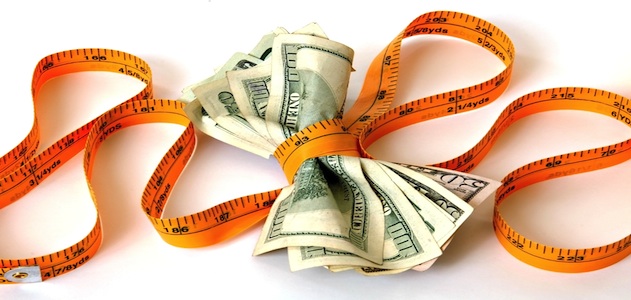According to CNBC, the funds U.S. banks have available for lending to businesses and households increased last month by $95.8 billion to an all-time record high of $2.3 trillion. But what are they doing with all that money? CNBC explains:
Banks simply put that money back where it came from: at the Federal Reserve (Fed). They chose the Fed deposits paying 0.25%, instead of earning 4.5% on new car loans, or 10% on two-year personal loans.
Weak bank lending is an important reason for this slow and sluggish cyclical upturn. With the interest-sensitive sectors of the economy accounting for 83% of aggregate demand, it is clear that the proper funding of private consumption and business investments holds the key to a sustained take up of huge human and capital resources which currently remain unused in the American economy.




